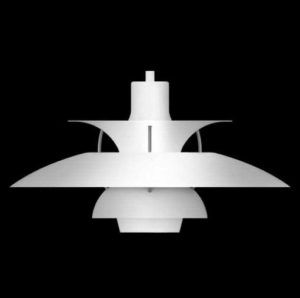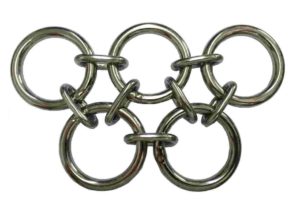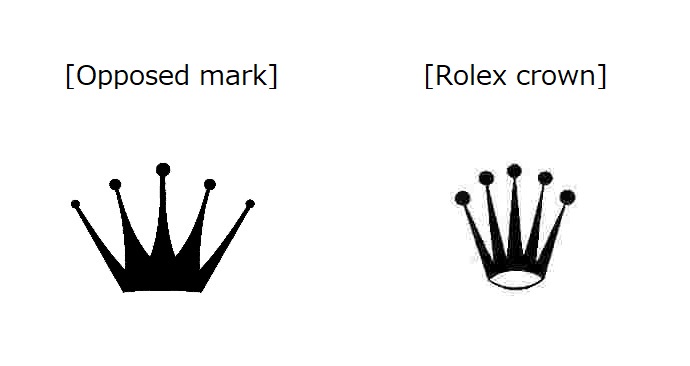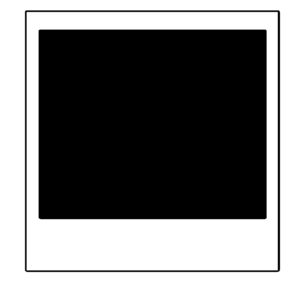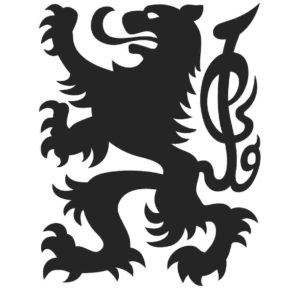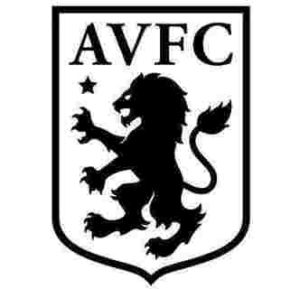In an administrative appeal disputing trademark similarity between TM registration no. 4015750 for word mark “POWERTECH” and a junior application no. 2016-137853 for the “AC POWERTECH” device mark represented as below, the Appeal Board of the Japan Patent Office decided that both marks are deemed dissimilar and reversed examiner’s rejection.
[Appeal case no. 2018-6124, Gazette issued date: October 26, 2018]
TM Registration no. 4015750
The cited mark, consisting of a word “POWERTECH” colored in red (see below), was registered on June 20, 1997 by designating various vehicles in class 12.

Junior Application no. 2016-137853
Applied junior mark consists of the following “AC POWERTECH” device mark (see below).
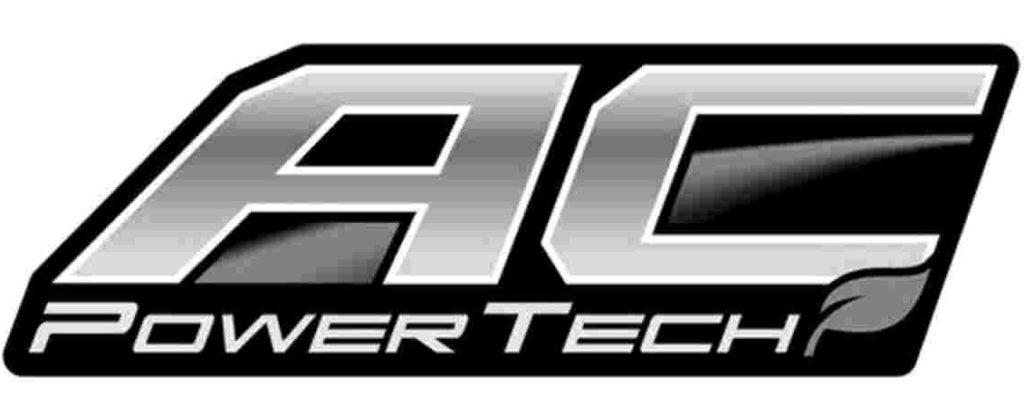
It was applied for registration on December 7, 2016 by designating vehicles in class 12.
The JPO examiner refused the applied mark due to a conflict with senior TM registration no. 4015750 based on Article 4(1)(xi) of the Trademark Law.
Article 4(1)(xi) is a provision to refrain from registering a junior mark which is deemed identical with, or similar to, any senior registered mark.
Subsequently, the applicant filed an appeal against the rejection and disputed dissimilarity of both marks.
Board decision
In the decision, the Appeal Board held that:
Applied mark is a composite mark mainly consisting of two words of “AC” and “POWERTECH” written in two lines and a black hexagon.
Even if the term “AC” is likely to be used as an indication of type and mode of vehicles in commerce, from appearance of applied mark as a whole, the Board opines that relevant consumers would not conceive the term as indication of type or model. If so, it is questionable whether consumers ignore “AC” in the applied mark and pay considerable attention to the term “POWERTECH”. Thus, it is reasonable to conclude that applied mark shall give rise to a pronunciation nothing but “AC POWERTECH” and no specific meaning.
Based on the foregoing, in the assessment of trademark similarity, the Board decided that:
Obviously, both marks are distinguishable in appearance. Given applied mark does give rise to a pronunciation of “AC POWERTECH” and no meaning, the Board finds no ground to affirm examiner’s rejection from visual, phonetic, and conceptual point of view.
Astonishingly, JPO viewed the applied mark “AC POWERTECH” in its entirety irrespective of significant difference in font size between “AC” and “POWERTECH”.



